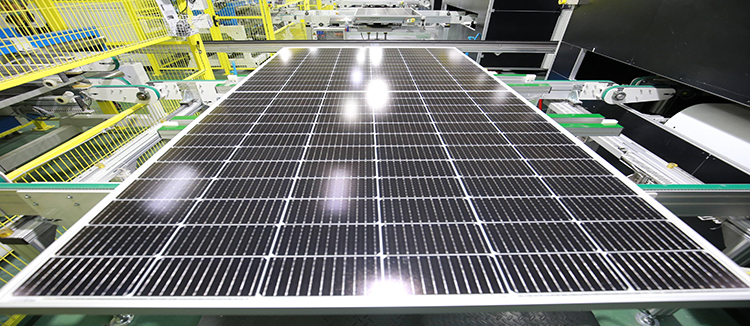The Hollow Rotating Platform: A Pivotal Component in Modern Industrial Automation
The Hollow Rotating Platform, a crucial element in the field of industrial automation, has been gaining significant attention due to its versatility and efficiency in various applications. This sophisticated mechanical component is designed to provide precise and controlled rotation, enabling seamless integration with a wide array of machinery and systems. In this article, we will delve into the intricacies of the Hollow Rotating Platform, exploring its features, applications, and the benefits it offers to industries worldwide.
The Hollow Rotating Platform, also known as a hollow shaft rotary table, is an indispensable part of modern manufacturing processes. It is engineered to offer high-precision positioning and rotation, which is essential in tasks requiring repetitive and accurate movements. The hollow design of the platform allows for the passage of cables, hoses, or other necessary components through the center, which can be particularly useful in environments where space is at a premium or where components need to be connected to a stationary part of the machine.
One of the key features of the Hollow Rotating Platform is its ability to handle high torque while maintaining accuracy. This is achieved through the use of advanced materials and precision engineering, ensuring that the platform can withstand the demands of heavy-duty applications without compromising on performance. The platform's robust construction also ensures longevity and reliability, which is critical in industries where downtime can be costly.
Applications of the Hollow Rotating Platform are vast and varied. In the automotive industry, it is used for tasks such as tire and wheel balancing, where precision is paramount. In the aerospace sector, the Hollow Rotating Platform is employed in the assembly and testing of aircraft components, where high-precision rotation is required. Additionally, in the food and beverage industry, it can be found in packaging machinery, where it helps in the efficient and accurate rotation of products for labeling and sealing.
The Hollow Rotating Platform's compatibility with various control systems is another advantage. It can be easily integrated with servo motors and programmable logic controllers (PLCs), allowing for automated and precise control of the rotation. This integration capability is a significant factor in the platform's popularity, as it enables manufacturers to automate processes and improve efficiency without the need for extensive modifications to existing systems.
Another notable benefit of the Hollow Rotating Platform is its customization options. Manufacturers can tailor the platform to meet specific requirements, such as size, load capacity, and speed. This flexibility allows for the creation of bespoke solutions that can be optimized for particular applications, ensuring that the platform performs to the highest standards in its intended environment.
Maintenance and ease of use are also significant factors in the Hollow Rotating Platform's appeal. With its straightforward design and user-friendly interface, maintenance is simplified, reducing downtime and associated costs. Furthermore, the platform's durability means that it requires less frequent servicing, which is a considerable advantage for businesses looking to minimize operational expenses.

In conclusion, the Hollow Rotating Platform is a vital component in the realm of industrial automation. Its precision, durability, and adaptability make it an ideal choice for a wide range of applications across various industries. As technology continues to advance, the Hollow Rotating Platform is poised to play an even more significant role in the future of automation, driving efficiency and innovation forward.










